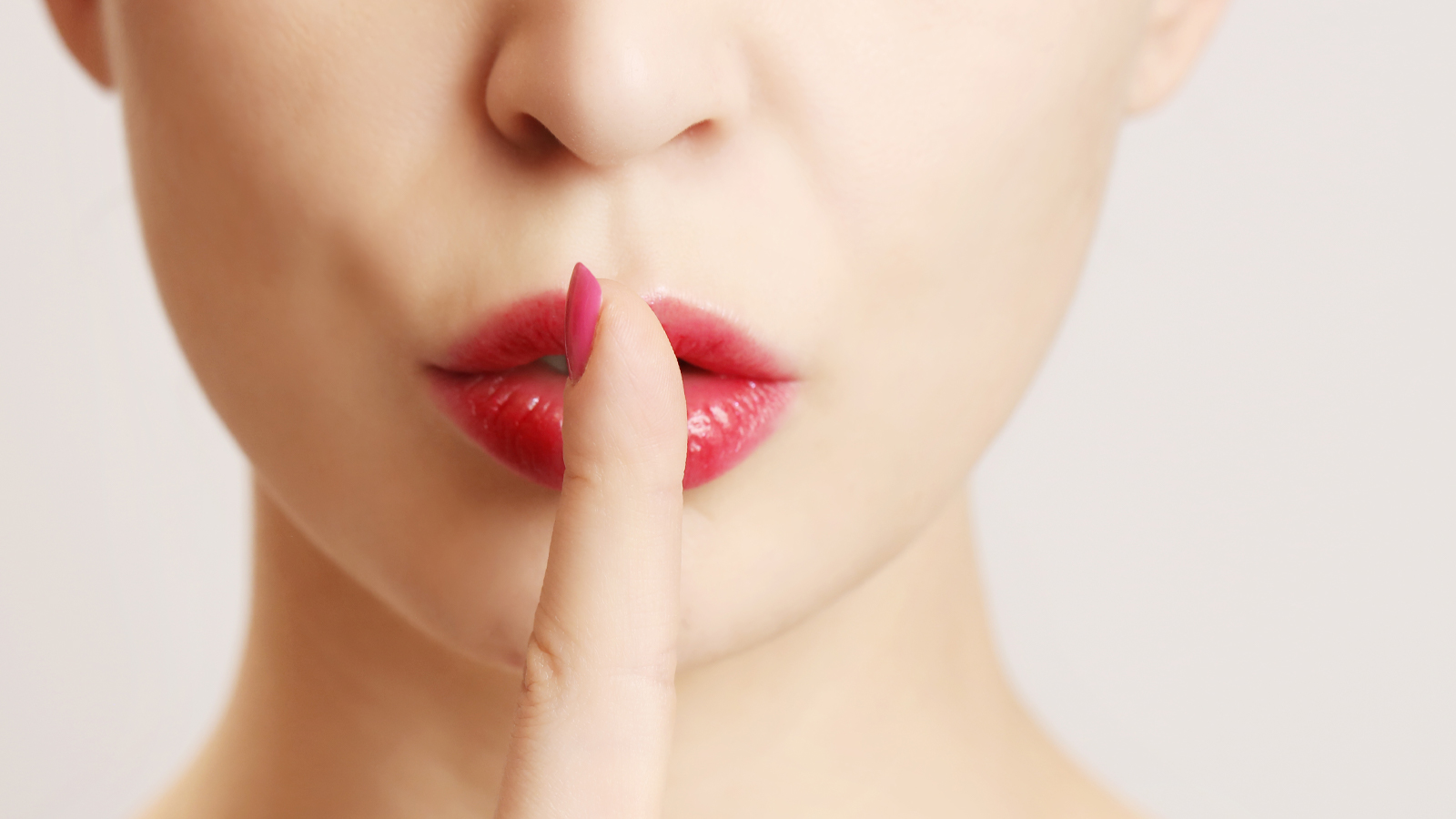It took me 20 years to realize that a “pancake turner” is a “spatula”. But since I was a child, a spatula was a “plate scraper”! I was so confused. Turns out, spatula’s are both plate scrapers and pancake turners. How is that even possible? During Thanksgiving meal prep, I decided to test my children’s understanding. Turns out, they were just as confused as their Dad.
After asking five of my six kids to get me a spatula (my four year old Down Syndrome boy got a hall pass from this test!), they returned with either a plate scraper or a pancake turner, but it was never the same. Mostly they just gave me the blank stare, aka “Dad, seriously?!?!…”
Critics must be right – names actually mean something. Since my family’s spatula detox, we’ve agreed to use “metal spatula” for a pancake turner and “plastic spatula” for a plate scraper. Our vocabulary re-alignment certainly took some stress away from the intense Thanksgiving kitchen meal prep!
What I am about to share with you will also better arm you with correct knowledge so you can become more expert in something that is massively more confusing…and costly…than spatulas: HDR Photography.
Misunderstanding
The lay person often thinks HDR means “High Definition”. At least every lay person we’ve talked to agrees on the first two letters of the acronym (HD). The “R” is still a mystery to most (those that can come up with something say “resolution”, “reality”, but most people just ignore the “R” and stick with HD). Thank you Sony, LG, Samsung, and every other screen and electronic device manufacturer for confusing the photography terminology! Yes, while the rest of the universe agrees “HD” = High Definition, in the photography world, HDR actually doesn’t have anything to do with “high definition”. You can get very “low” definition and poor quality HDR…and you wouldn’t be the first or the last to be spoofed.
Exploitation
Since the lay person thinks they are receiving “high definition” photos, the photographer really doesn’t need to actually produce an HDR image. It’s the oldest trick in the book. Some may even call it “snake oil” – believing you’re getting one thing when you actually get another. We’ve seen this across the nation in both larger companies and individual contractors. Trust us…we vet hundreds of photographers each month and photographers even try to pull this stunt on us. As we peel the onion back we discover the truth – many photographers don’t understand it either. So does that mean you’re in good company? Ugh. We hope to change that.
The real problem
Many years ago, when highly skilled photographers started using the HDR technique, they realized the level of expertise needed to produce a high quality product, which is why they charged a premium. But as time and technology advanced, photographers didn’t need to be as skillful in the art. In fact, nowadays HDR is fairly ubiquitous – the average person with a cell phone can take pictures with an HDR setting. HDR has evolved from what many recognized as the highest quality imagery to a big question mark, even in what it actually means. Maybe HDR is going through the same phase that TVs did (where you don’t need to know how it works, and you may not even want to know that there’s a massive difference in 1080p to 8K quality…it just needs to “work”). Either way, at least know that when you hear about “HDR” or see “HDR” on a photographer website, you need to know 1. what HDR really is to even have a chance at receiving something like it or speaking intelligently, and 2. that HDR has a wide range of quality, from absolutely awful to stunning.
HDR Defined
- High – the result of merging multiple Low (LDR) or Standard (SDR) dynamic range images.
- Dynamic – flexibility in the amount of light captured in a photo
- Range – the actual variance in the amount of light captured in a photo.
Now you know what the acronym stands for, but why does it matter? In layman’s terms please? Ok. Look for another blog post (this one’s long enough! #readerfatigue #carpaltunnel).

